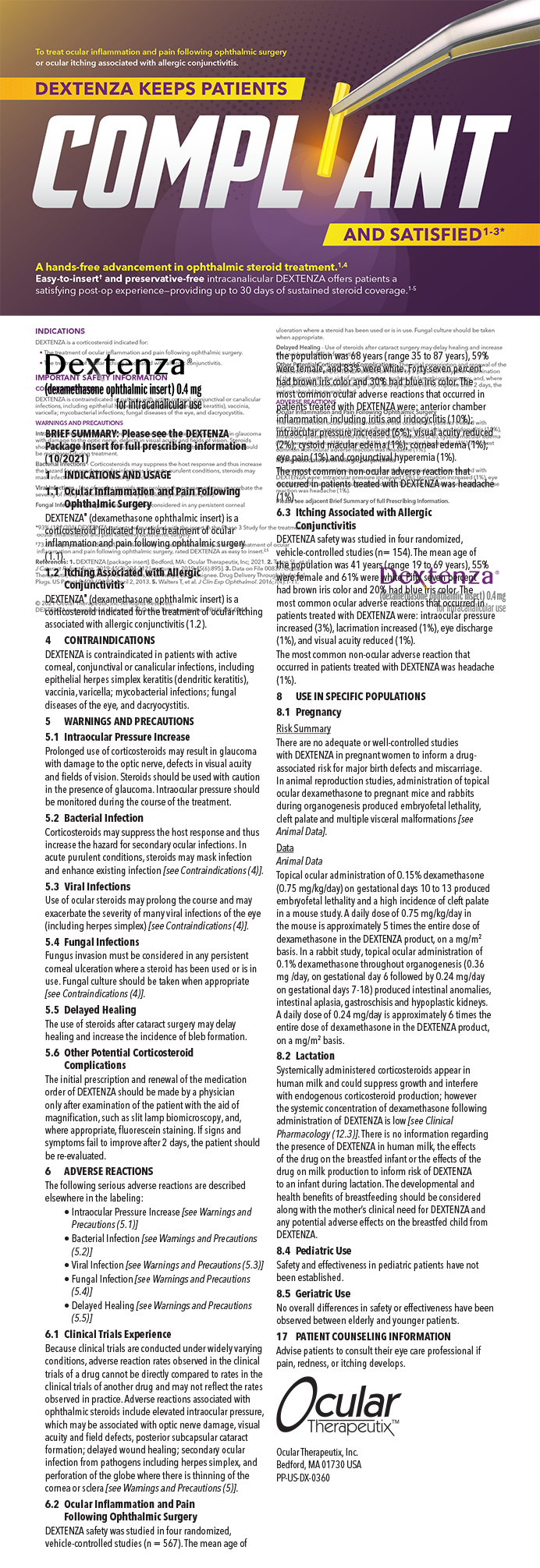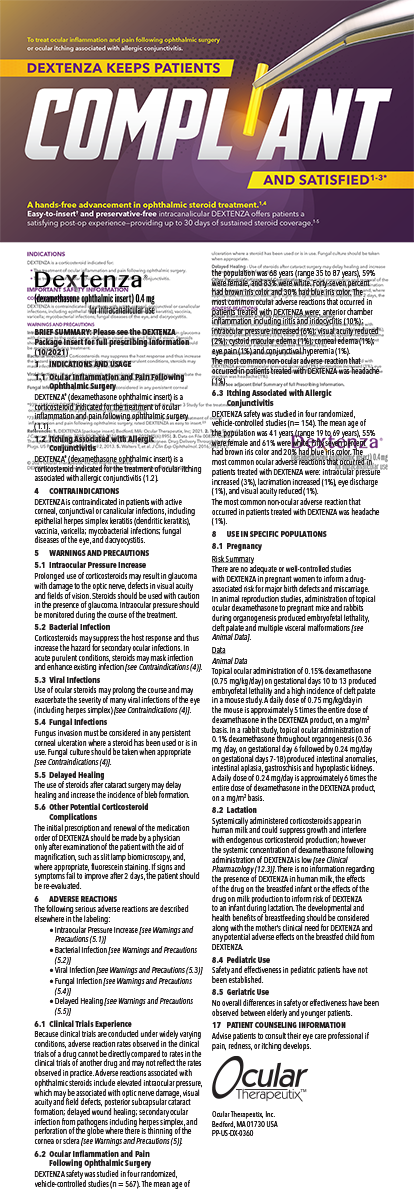A dispersive viscoelastic offers an effective barrier against corneal endothelial damage during phacoemulsification, and research by my colleagues and me showed the newly available Healon D (Abbott Medical Optics Inc., Santa Ana, CA) to protect this tissue as effectively as Viscoat (Alcon Laboratories, Inc., Fort Worth, TX).
THE ROLE OF DISPERSIVE OVDs
The use of ophthalmic viscosurgical devices (OVDs) to protect the corneal endothelium during phacoemulsification has been studied for several decades now. The protective difference between OVDs was the subject of a study by my group about 20 years ago.1 We were interested in whether phacoemulsification and irrigation alone caused endothelial damage and found that, when air bubbles were introduced into the phaco tip, they bounced around on the corneal endothelium, resulting in areas of destruction. Of interest, we found that all of the cohesive OVDs we tried were no better than the control (no OVD used) in that the viscoelastics were rapidly aspirated and thus provided no protection to the corneal endothelium. In contrast, the one dispersive OVD we studied (Viscoat) provided excellent protection, because it stayed in place and produced a mechanical barrier against bouncing air bubbles or other debris in the anterior chamber during phacoemulsification.2 Because of this study, others' research, and accumulated clinical experience, Viscoat has been the gold standard for corneal endothelial protection.
CHONDROITIN SULFATE
Whether or not chondroitin sulfate is an important part of Viscoat's ability to protect the cornea has been a subject of controversy. Chondroitin sulfate's electrical charge has been suggested as important to help keep this dispersive OVD against the corneal endothelium. Some ophthalmologists have voiced concerns that the downside of chondroitin sulfate is some decrease in overall optical clarity when surgeons attempt to see through this OVD.
Healon D is pure hyaluronic acid with a low molecular weight. The availability of this OVD allowed my colleagues and me to study whether chondroitin sulfate is necessary for protecting the cornea.
COMPARATIVE STUDY
Methodology
Our comparative study in a rabbit model was based on our earlier work looking at damage to the corneal endothelium caused by air bubbles during phacoemulsification. We kept the bevel of the phaco tip up to increase the potential for endothelial damage. We placed the tip in the middle of the anterior chamber or closer to the endothelium in order to vigorously test the ability of Viscoat and Healon D to remain in place and protect the cornea. We infused a lot of air so that many bubbles bounced around and produced profound corneal endothelial loss without protection or with cohesive viscoelastics that are rapidly aspirated. This test was performed in a masked fashion; the person injecting the viscoelastics and filling the anterior chamber differed from the one handling the phaco probe. After the test, we removed the cornea and performed vital staining to see where endothelial damage had occurred (Figure 1). We then used the EPCO computer program (developed by Manfred Tetz, MD, to determine the amount of after-cataract) to calculate the percentage of the endothelial surface that had been denuded or damaged, also evaluated in a masked fashion.
Results and Conclusion
The torture test resulted in approximately 10% corneal endothelial damage, an outcome showing that dispersive OVDs are indeed very protective. Although the performance of the low-molecular-weight hyaluronic acid (Healon D) was slightly better than that of the combination of hyaluronic acid and chondroitin sulfate (Viscoat), the differences were not statistically significant.3
Based on our study, we have concluded that both dispersive OVDs, when used appropriately, are very effective at shielding the corneal endothelium by providing mechanical protection. Our research did not demonstrate a difference between Healon D and Viscoat, which suggests that chondroitin sulfate is not necessary for dispersive protection. If so, an agent without chondroitin sulfate might offer an advantage in terms of surgical visualization.
Randall J. Olson, MD, is the John A. Moran presidential professor and chair of the Department of Ophthalmology and Visual Sciences, John Moran Eye Center, University of Utah School of Medicine, Salt Lake City. He is a consultant to Abbott Medical Optics Inc. Dr. Olson may be reached at (801) 585-6622; randallj.olson@hsc.utah.edu.
- Beesley RD, Olson RJ, Brady SE. The effects of prolonged phacoemulsification time on the corneal endothelium. Ann Ophthalmol. 1986;18(6):216-219.
- Craig MT, Olson RJ, Mamalis N. Air bubble endothelial damage during phacoemulsification in human eye-bank eyes: the protective effects of Healon and Viscoat. J Cataract Refract Surg. 1990;16(5):597-602.
- Peck C, Werner L, Mamalis N, Olson R. A comparison of the corneal endothelial protective effects of Healon-D and Viscoat. Clin Experiment Ophthalmol. In press.


